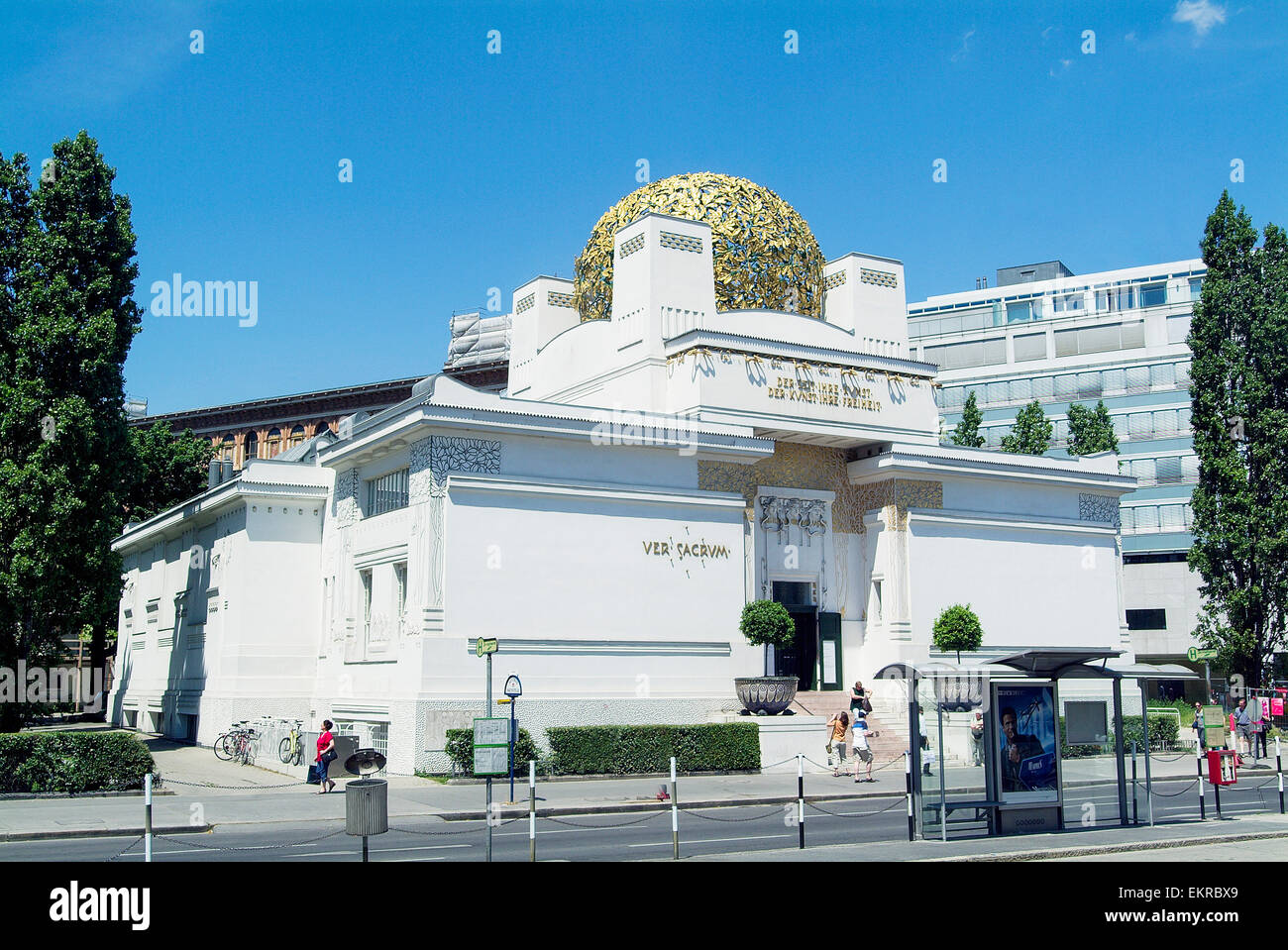

Perhaps the most significant and most visited exhibition by the Viennese Secession was its 14th, held in 1902 and known as the “Beethoven Exhibition”. There was a move towards “simplifying the pictorial world and taking it back to the bare essentials”, and this development was not lost on the color woodcut either. The sixth exhibition followed at the beginning of the year 1900 and focused on traditional Japanese art, thus bringing the “Japonism” trend to Vienna. The exhibition catalog lauded the woodcut as an “immediate and uniquely purposeful expression of an artistic intent” – a clear valorization of this form of print graphic. At the time, this was something very new.

It was within this mélange that the Viennese woodcut was able to develop.įrom November 1899 until January 1900 this society of artists hosted its fifth exhibition in the Secession building, comprising only works on paper, including color woodcuts. At the same time, the Secessionists established a new sensitivity for line and surface stylization, also finding an appreciation for calligraphy and ornamentation. They wanted to present exhibitions of international contemporary art and to make Viennese and Austrian art compatible once again. The Viennese Secessionists were bold enough to direct their gaze beyond their national borders.

Sensitivity for line and surface stylizationĭuring the 1890s artists’ associations sprang up in numerous European cities – in Munich and Berlin, Paris and London – with the aim of breaking away from established traditions. Joseph Maria Olbrich left Vienna and joined the Darmstadt artists’ colony founded in 1899, and the “Hochzeitsturm” or “Wedding Tower” he designed in 1908 remains a symbol of the south Hessian city even today. There was eventually agreement on the label “Goldenes Krauthappel”, meaning “golden cabbage”. They claimed the Secession building was “a cross between a furnace and a glasshouse”, whilst others nicknamed it the “Assyrian convenience”. The building is in Vienna’s first district directly adjoining the Naschmarkt and in close proximity to the Academy of Fine Arts.


 0 kommentar(er)
0 kommentar(er)
